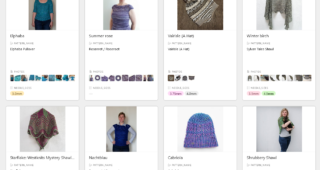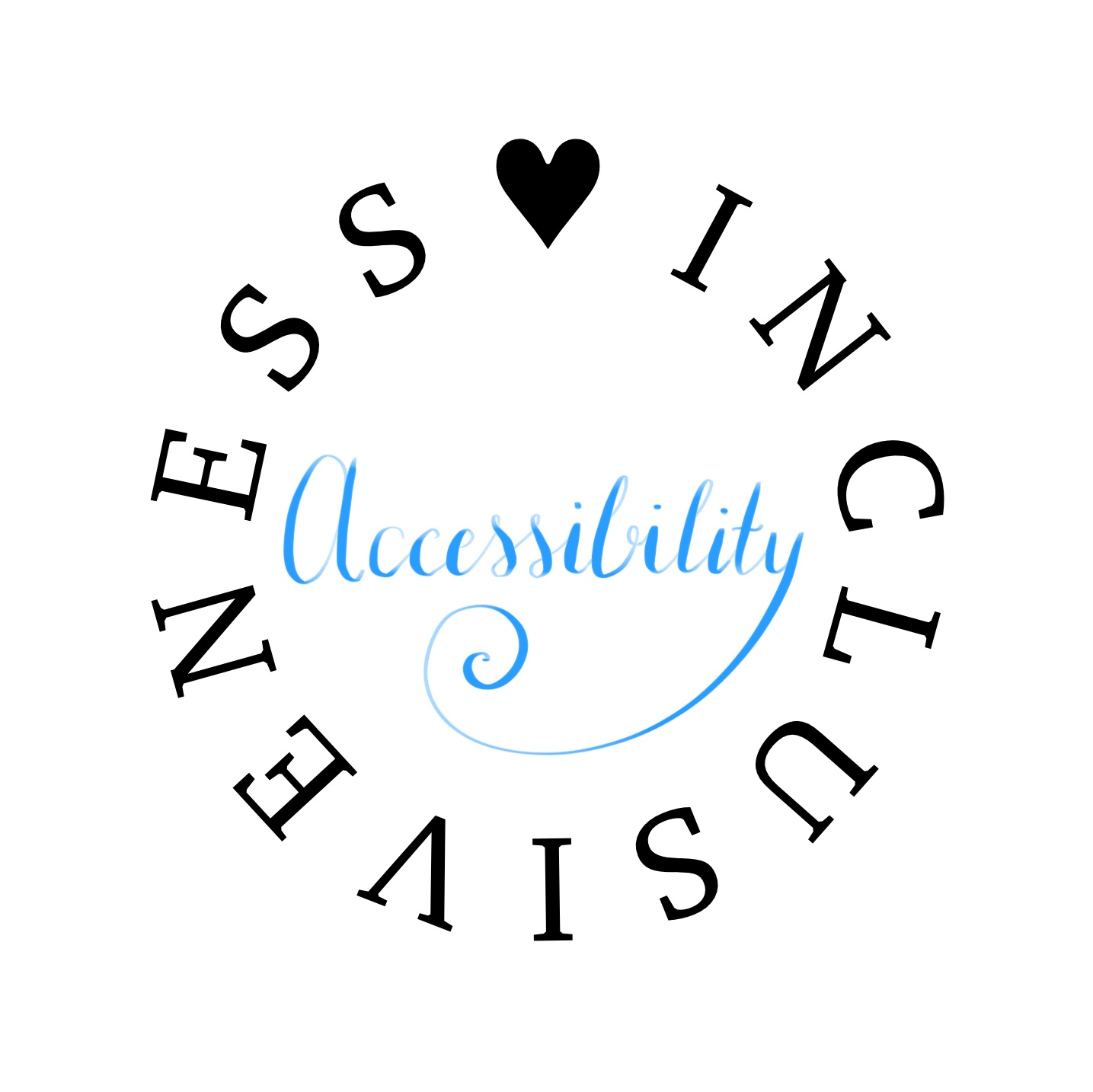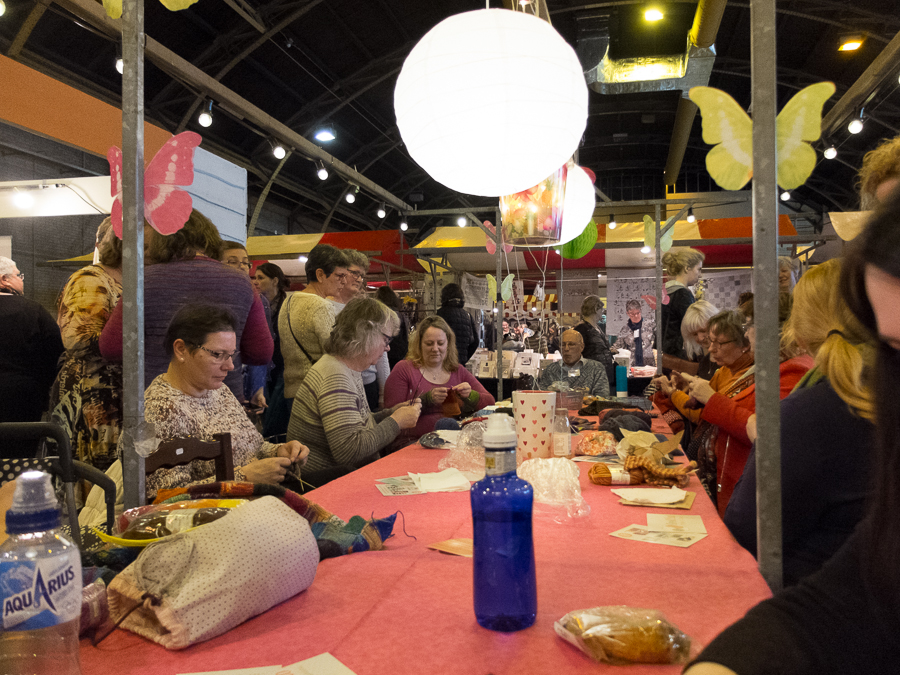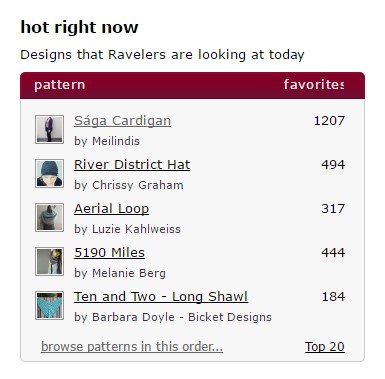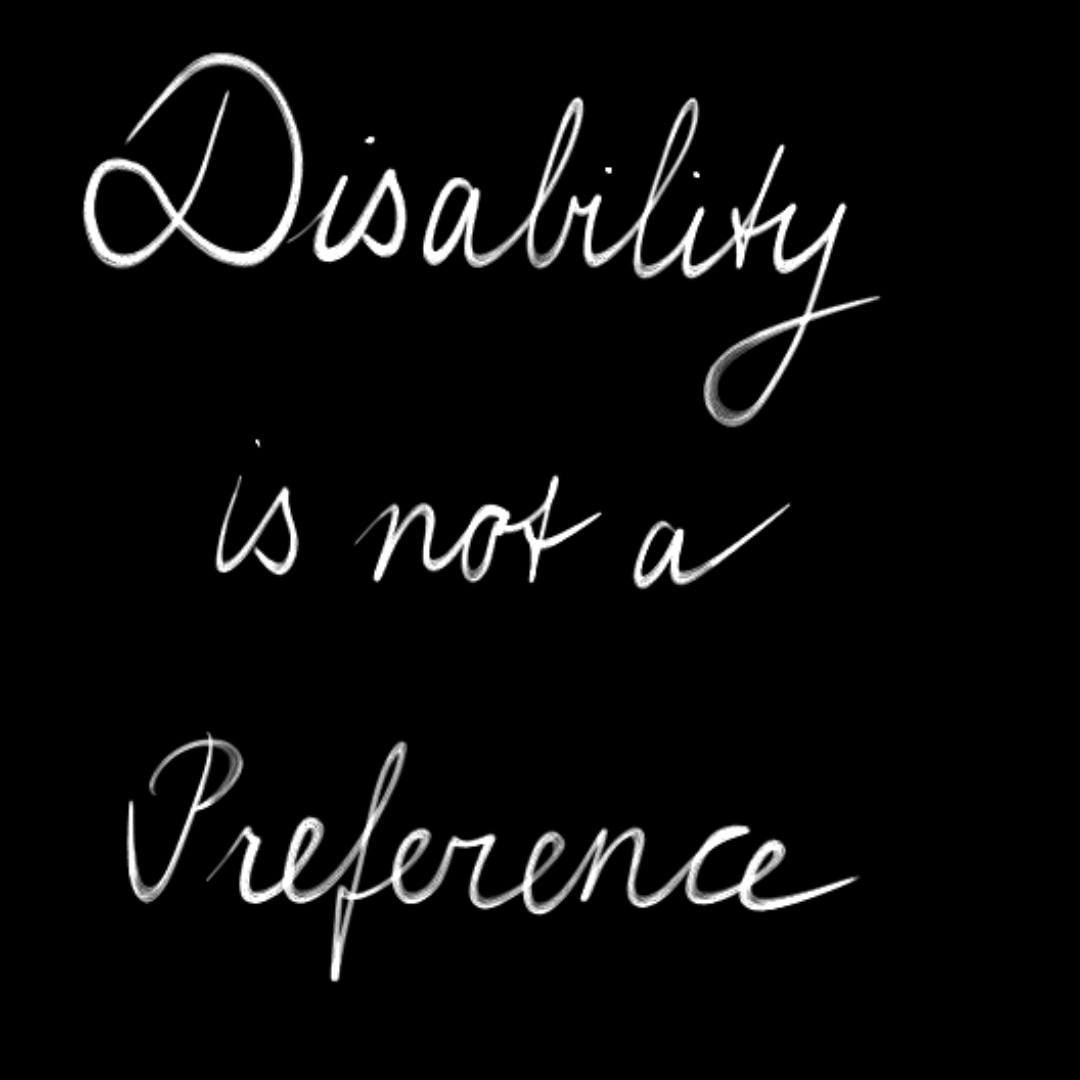TL; DR: No. Please consider joining Silence for Ravelry Classic by not logging in on Ravelry between March 31st and April 2nd to show support for and solidarity with those who cannot use the site anymore after March 31st.
The long story
Last summer, Ravelry introduced a new website look (NuRav). I wrote about this extensively back then (see Inclusiveness includes accessibility and Disability is not a preference), but in short, the redesign caused part of the user base to experience headaches, migraines, eye strain, and even seizures. Ravelry never took accountability for this, and has been silencing any discussion about it on Ravelry and on their social media platforms. They only accepted e-mail communication about it, and judging by the lack of response, those e-mails probably went straight into the bin. Over the months, they have improved the design somewhat, but the changes have not been sufficient for the users affected.
Ravelry has added Herdwick mode, a style with less contrast but similar problems as the original Merino mode, and recently they have added a dark mode too. That dark mode is kind of weird: very high contrast, and blue (!). That will obviously not reduce eye/brain strain, and it’s not a viable replacement for Classic mode.
Until now, Classic mode (looking similar to pre-NuRav, and usable for some of the affected users) has also been available, but it’s being retired at the end of this month, without a proper alternative being in place. This leaves many crafters and designers with no other option than to stop using Ravelry altogether, or start using the theme so generously created by Evanita Montalvo (find it in her link.tree).
As March 31st comes closer, people are speaking up again on social media, using the tag #ravelryaccessibility. Evanita is organizing a silent protest: do not log in on Ravelry between March 31st and April 2nd to show solidarity with those who can no longer use the site, and to show Ravelry that the site is nothing without its users. Please consider joining us. We all want Ravelry to succeed in becoming an inclusive space.
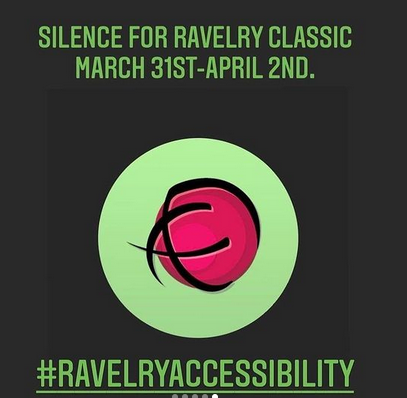
Earlier this week, the New Yorker published a disgusting article which implied that those asking Ravelry to take their disabilities into account were just as hard on Jess and Cassidy as those white supremacists that Ravelry banned back in 2019. Because hey, hate speech and racism are just as intolerable as people asking you nicely to accommodate their wish to not get a seizure or migraine when visiting your site.
To top it off, the article contained an awkward “anecdote” about George Washington forcing his wife’s slave (“Lame Pete”), who had a physical disability, to teach other slaves to knit and make them knit productively all day long so that America would not have to depend on British knit work as much. The way that this story is thrown in so casually, from the viewpoint of the American slave owner who sees this as a form of resistance to Britain, is frankly quite concerning. “Lame Pete” having a disability makes it even more sinister in the context.
The article contains some direct quotes from Jessica and Cassidy that clearly show that they do not believe the people who reported getting migraines or seizures because of NuRav. Which we already knew because of their lack of action, but seeing it in writing like this still saddens me. Jess apparently thinks that people are stressed about the pandemic and that the design change tipped them over the edge to have a seizure, because they are so passionate (good old hysteria, ugh), and Cassidy thinks that it’s all so silly compared to other things that are happening (gaslighting/whataboutism). And if they are not convinced that there is a problem, it just won’t be solved.
Remember that letter from Jess that was published a couple of weeks after the redesign? In that letter, she writes twice that they will be working with accessibility experts to improve the site.
We hear, understand, and believe that the New site is still not working for some. In addition to the updates and customization options that we’ve already shared, we are in the process of creating more with the goal of making the new Ravelry site work well for everyone. I want to stress that the updates that Mary Heather has posted are not the only things we are working on. We have also been searching for a consultant with a specialization in visual web accessibility that we can work with on an ongoing basis, as the people we have spoken with so far were only available temporarily. We are continuing to research, and this is a priority for us.
We are working on more customizations based on survey results and the input we’ve received. We are confident that the forthcoming updates based on this data will be truly helpful to people who are having issues with high contrast aspects of the site design. Also, the new behind-the-scenes design system will allow for increased modern accessibility as we redo areas of the site and build new features. We will continue to consult outside accessibility experts as well.
Well, that never happened, apparently. There are plenty of experts available. Many are even Ravelry users. I know of some who have offered their services, some even for free, because they care about Ravelry and accessibility. People like Stitched in the Middle have provided countless suggestions, just like Evanita Montalvo. The Ravelry community is is a treasure trove of people who are both helpful and have expertise in a wide variety of subjects. Instead of using that, Ravelry dug in their heels, kept silencing discussions about the subject, and pretended that everything was fine.
What’s next?
NuRav does cause me eye strain, but I can kind of use it. But the approach of Ravelry’s founders has disgusted me and I just don’t want to be on the site anymore if they blatantly exclude people with disabilities. I have been working on moving my content away from there. My designs are now only for sale here, on my own website, and I’m keeping my Ravelry account open to manage the entries for those patterns in the database.
The rest of the content was a bit harder to move. Ravelry was kind of a one-stop-shop for keeping track of your projects, stash, tools, patterns, designs, and was also a community. There is no alternative (yet) for all that in one place. So I decided to split it up. I’m using other social media for connecting with other crafters, my own website to publish designs and write about my projects more extensively, and I’m in the process of moving my existing stash, tools, and projects to Airtable. My library has been downloaded and lives in my Dropbox. I’m still thinking about what I want to do with my queue and favourites. I’ll probably move those to Airtable too. I wanted to keep my history, so it’s more work than just starting afresh.
It’s quite a lot of work to move your Ravelry content, but I’ve just finished writing a tutorial about how I did it. Part of it was automated, which saved some time, but there is still quite a lot of manual work involved. Still, it is worth it, I think, and once I have moved everything over there, I can use it just like I used my Rav notebook before.
